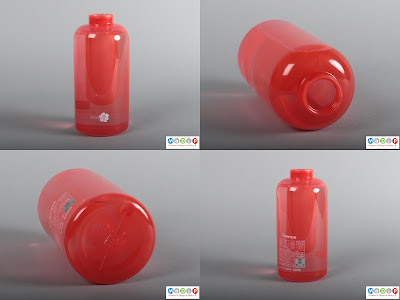MoDiP is very proud to be one of only 33 university museums in 16 institutions to receive funding from Research England to support our research.
With funding from
Research England’s Participatory Research Fund, we recently had the opportunity
to reflect on our research and it made us aware of the extent to which we
participate with people from other organisations. In particular we convene the Plastics Subject Specialist Network (Plastics SSN), one of Arts Council
England’s 37 recognised Subject Specialist Networks. Their purpose is to
‘support the development knowledge and care of collections… All the Networks
share expertise, ideas and best practice. This is often in the form of research
projects, conference days, mentoring and developing best practice guidance’.
 |
The Identifying Plastics Toolkit (left) and Confronting Plastics Preservation project (right) |
Since the refocusing of our collection on design in plastics in 2007, we have worked on three significant projects with the Plastics SSN: A curator’s guide to plastics; Identifying plastics toolkit; and Confronting Plastics Preservation, and currently are coming to the end of a further Plastics SSN project undertaken jointly with the Dress and Textiles Specialists’: A curator’s guide to synthetic garments. We have also undertaken two other joint projects: 10 Most Wanted and Symbiosis. The first, in partnership with the University of Brighton and Adaptive Technologies, aimed to develop a resource to engage the public with finding out information about objects in collections thus engaging them with collections in a new way. The second brought small specialist museums together to explore how they could engage with their particular industry to mutual advantage and to develop workforce skills in this respect.
 |
The 10 Most Wanted project was undertaken in partnership with the University of Brighton and Adaptive Technologies |
Analysis of
these projects has led us to consider what we do in terms of ‘participatory
research’, a form of research in which the clear distinction between the
‘researcher’ and ‘the subject’ becomes blurred with the research being
conducted ‘with’ rather than ‘on’ participants. Most often this has been seen
as research jointly undertaken between those researching a subject and those
affected by the research, with the latter often characterised as ‘not trained
in research’. However, we propose a new model of participatory research: one in
which experts working in museums create resources for their own benefit, albeit
ultimately in order to improve public engagement with the subject.
 |
| The Joining Forces resource is available online. |
This new
resource, downloadable from our website, provides a brief introduction to
participatory research and an overview of participatory research in museums. It
also looks at this alternative model and provides summary guidelines on how to
undertake it based on an analysis of the six MoDiP projects which underpin the
model.
Do
tell us what you think
Joining forces: exploring participatory
research in museums
is a peer-reviewed resource. We would be so grateful if you were to read it and
let us know what you think. Have you undertaken research with partners in
similar ways or has it made you see new ways you might get together with people
to investigate your subject? How can we improve the resource? We have found
that working with others in this way has developed and extended our practice
and we hope that other museums, small and large, may be helped by this resource
to undertake participatory research and thus benefit from what has for MoDiP
been a fruitful research pathway. Please do get in touch: modip@aub.ac.uk.
Susan Lambert
Chief Curator














.JPG)
.JPG)


